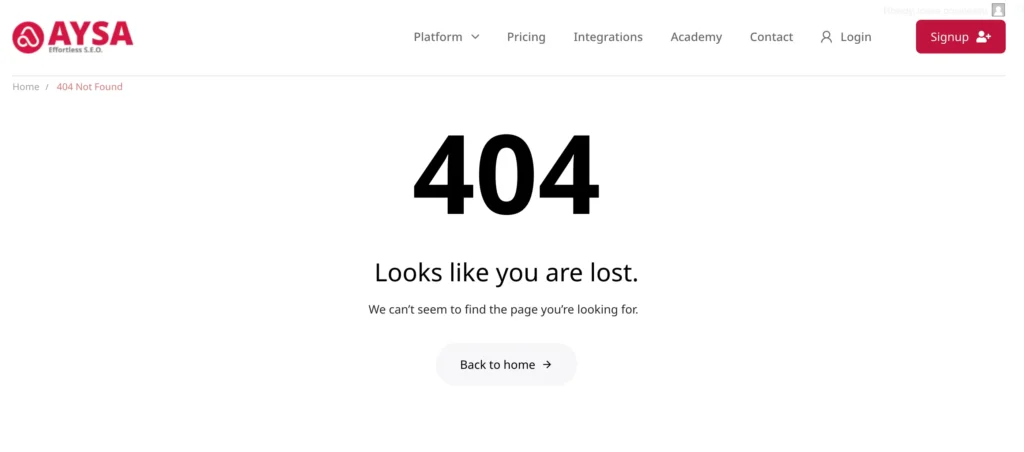Article syndication refers to the process of publishing an article on multiple websites, allowing it to reach a wider audience and potentially gain more backlinks. This technique is often used by content creators to increase their reach and drive more traffic to their website.
To find content syndication opportunities on Google, you can use search operators such as:
- “submit an article” + [your niche or topic]
- “guest post” + [your niche or topic]
- “write for us” + [your niche or topic]
- “contribute” + [your niche or topic]
- “article syndication” + [your niche or topic]
These search operators can help you find websites that accept guest posts or syndicated content in your niche or topic. Additionally, you can also search for websites that are already syndicating articles and see if you can contribute to those publications.
It’s important to note that when using article syndication, you should ensure that the websites you’re publishing on have a good reputation and are relevant to your target audience. Publishing on low-quality or spammy websites can harm your website’s reputation and potentially hurt your search engine rankings.

What is Article Syndication? DEFINITION
Content syndication, also referred to as article syndication, is the practice of having one or more external websites publish an article that was originally published on a different website. Essentially, it involves republishing content verbatim on other sites.
However, it is not the same as stealing or plagiarizing content because syndicated content always cites the source where it was originally published and ideally includes a canonical link to the original article.
7 reasons why your content needs amazing VIDEOS and IMAGES
Article syndication can help your website grow and become more visible on Google, because of:
- Increased exposure: Syndicating your articles on other reputable websites can expose your content to a wider audience, potentially increasing traffic to your website and building brand awareness.
- Improved SEO: By including a canonical link to the original article, you can avoid any issues with duplicate content and improve your search engine rankings.
- Brand building: By getting your content published on other websites, you can establish yourself or your brand as an authority in your niche and build credibility.
- Backlinks: Many syndication websites allow you to include a link back to your website, which can improve your search engine rankings and drive traffic to your site.

















